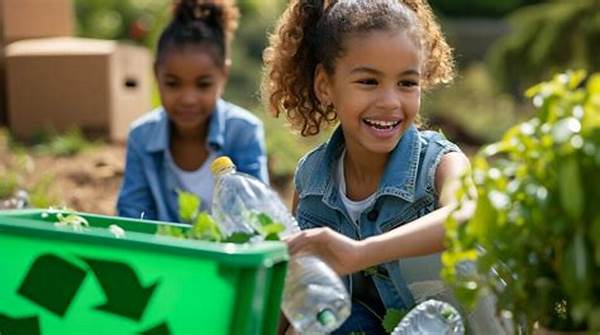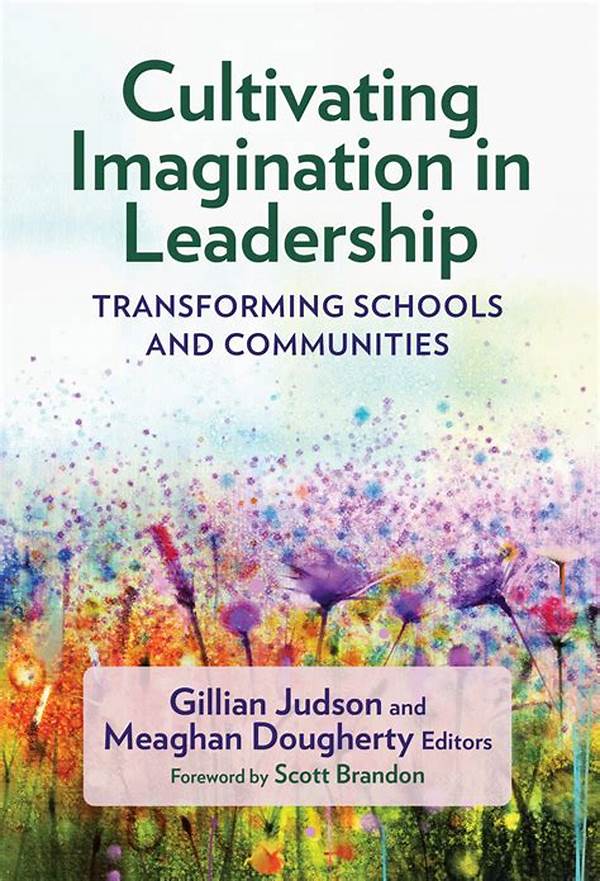Hey there, folks! Ever thought about diving into something fun and insightful with the fam? Well, environmental learning for families might just be the ticket. It’s not only a great way to bond but also a fantastic opportunity to enrich your life with skills and awareness about the world we live in. Plus, it’s never too early or too late to start!
Read Now : Intimate Escapes For Two Adults
Why Environmental Learning for Families Matters
Picture this: you’re out at the park with your kiddos, and they spot a variety of colorful birds. Wouldn’t it be great to identify them and share interesting facts? Environmental learning for families brings everyone closer to nature and teaches valuable lessons about sustainability, wildlife, and ecosystems. It instills lifelong habits and knowledge that benefit both young and old. By understanding nature better, families can contribute positively to preserving it. And let’s be real, it’s way more fun learning together. Imagine weekend adventures in nature, but with an educational twist. You might even discover new interests or hobbies along the way. Whether it’s gardening, recycling, or simply bird-watching, environmental learning for families adds purpose to your family time. Plus, it’s a surefire way to get everyone off their screens and back to the basics of simple yet meaningful living.
Practical Tips for Starting Environmental Learning for Families
1. Start with a Book:
Grab a family-friendly book about nature. It’s a simple way to kick off environmental learning for families.
2. Plan Nature Walks:
Organize regular walks in nearby parks. Observing local flora and fauna makes learning interactive and fun.
3. Create a Recycling Routine:
Teach kids about recycling by involving them in sorting waste. It’s a hands-on environmental learning activity for families.
4. Plant a Garden Together:
Whether it’s a few pots on the balcony or a backyard patch, gardening teaches patience and love for the earth.
5. Explore Documentaries:
Read Now : Affordable Family Resort Getaways
Watching nature documentaries can spark curiosity and lead to family discussions about the environment.
Making Environmental Learning for Families Fun and Engaging
Alright, let’s get creative here. Environmental learning for families doesn’t have to be a mundane classroom lecture. Instead, it should be an interactive and engaging journey. One great approach is to gamify the learning process. Create a family environmental challenge, like seeing who can spot the most bird species in a month or who can build the most efficient compost heap. Celebrating small victories and milestones can motivate everyone to dig deeper into environmental topics. Additionally, incorporating art can make learning even more exciting. Imagine creating nature-inspired crafts or writing short stories based on environmental themes. Through such activities, your family can explore creativity while learning about critical ecological issues. Plus, these memories and experiences often have a lasting impact, reinforcing the importance of environmental responsibility.
How to Encourage Environmental Learning for Families in Everyday Life
Daily Green Practices
Incorporating small green practices into daily routines is an excellent approach to environmental learning for families. It could be as simple as opting for reusable bags during grocery shopping or turning off lights when leaving a room. Over time, these habits become second nature and collectively create a more sustainable lifestyle.
Weekly Family Eco-Challenges
Spice things up by introducing weekly eco-challenges. This week might involve reducing water usage, while next week, it could be about avoiding single-use plastics. Environmental learning for families is about making these practices habitual and rewarding. And who knows, you might just inspire your neighbors to join in!
Family Environmental Learning Projects
Dive into projects like building a birdhouse or starting a community clean-up. These activities bolster teamwork skills and provide a tangible contribution to bettering the environment. Environmental learning for families through projects instills a sense of ownership and pride in caring for our planet.
Making Environmental Learning for Families Part of the Weekend Routine
Let’s face it, weekends are the perfect time to unwind and explore, right? Why not utilize this time to make environmental learning a regular family activity? Pack a picnic, and head to a local park or nature reserve to immerse yourselves in nature. Discuss the different trees, animals, or insects you encounter, allowing each family member to share what they know. This is where environmental learning for families turns into a lively, educational day out—full of laughter and learning. You might also consider visiting local farmers’ markets or community gardens as a way to learn about sustainable agriculture and support local ecosystems. Kids can interact with farmers, ask questions, and understand the importance of fresh, local produce. These outings not only enhance learning but double as perfect bonding sessions. Over time, these activities can become cherished family traditions that instill a love for nature and the environment in your kids.
Closing Thoughts on Environmental Learning for Families
Environmental learning for families extends beyond knowledge; it’s about creating lasting habits and awareness. With the world rapidly changing, it’s vital for families to understand their role in maintaining it. These learning experiences offer more than just facts about ecosystems or sustainability—they teach respect for the planet. In the grand scheme of things, these small actions and learnings culminate in a family culture that values the earth. By taking these steps together, families can foster a nurturing environment that cherishes and respects nature, leading to more mindful, eco-conscious living overall. So, why not start today? Make environmental learning for families a priority, and witness the transformation in both your family and the world around you. Happy exploring, and remember—it’s the little steps that make the biggest differences!



